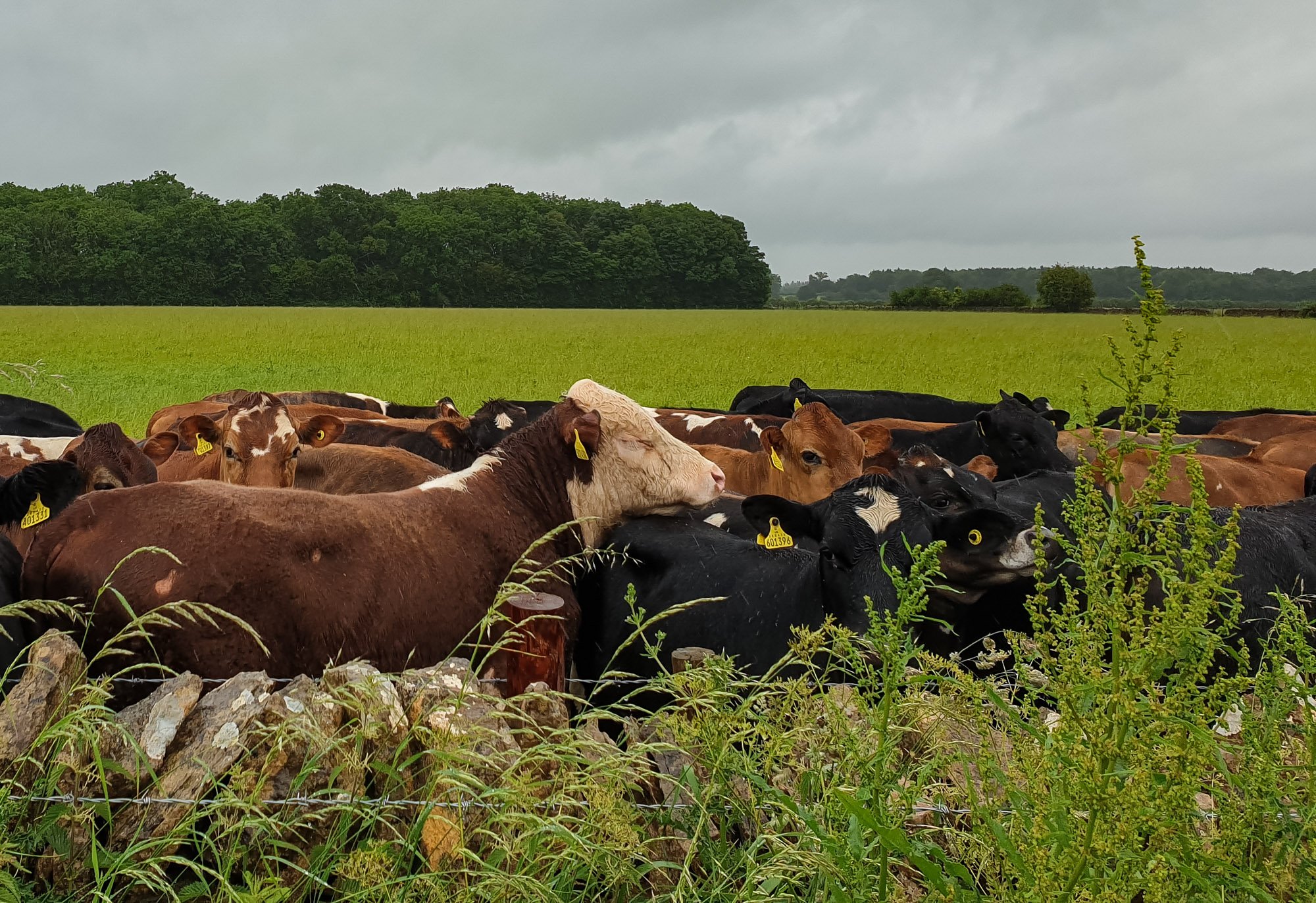Carbon Neutral Beef Part II: Is it commercially Viable?
In Part I of his investigation, Matthew Phan found carbon neutral beef to be physically viable. We now ask him to explore the commercial viability of such an approach, and its potential impact on the broader food and socio-economic system.
In Part I of this study, we found carbon neutral beef to be physically viable. But does it work commercially? The summary answer seems to yes: taking a regenerative approach to pastoral farming, with livestock fed off pasture, is not only commercially viable, it may even be consistently more profitable than conventional approaches over a longer term.
Let’s explore this further.
A 2021 study in the UK compared the profitability of 56 farms and members of the Pasture-Fed Livestock Association (PFLA), with those of conventional Farm Based Survey (FBS) farms. The results show that gross margins per head of sheep and cattle on PFLA farms can be significantly higher than at conventional farms. This is because variable costs are a lot lower, particularly on animal feed and medical bills.
Granted, it isn't clear whether on a total cost basis, including fixed costs, PFLA farms are more profitable. The PFLA is conducting further study into this. Animals raised on a pasture-fed approach are also sold at a later stage, so total number of animals sold may be fewer than on a conventional basis, despite higher price and margin per head.
Still, while there aren’t conclusive studies that a pasture-fed approach is always commercially viable, there seems to be strong evidence that it is, at the very least, more viable than a chemicals-driven approach, and strong anecdotal evidence that it can be.
Sourced from Direct Driller magazine, July 2021
Sourced from Direct Driller magazine, July 2021
Stacking income streams
That said, ingenuity may be needed to ‘stack’ different income streams on top of the cattle enterprise, to make a living off the farm as a whole.
Following agroecological principles, the first use case for land is crop or vegetables grown for human consumption on regenerative principles. Only then are cattle or other ruminants fed, by grazing the land when it is fallowing. For pure livestock farming, the animals are ideally kept on marginal land that is not fertile enough for human crop but can grow grasses for cows and sheep. Pigs and chickens may then be fed from the side outputs of the human crop or livestock rearing, such as crop waste, plant matter or the natural bugs that grow in manure.
Farms may also grow fruit trees in the corridors or hedges that separate planted areas, or earn income from hosting events. A few farms have even experimented with crypto-currency mining fuelled by burning biological waste. And farms may start to earn more ‘eco-system function’ or ‘environmental benefits’ type income, via carbon, biodiversity or conservation credits. In that sense, the outputs or side-effects of a core activity become the inputs to the next activity, enabling a ‘zero input costs’ circularity.
Granted, a farm faces limits to natural carrying capacity, due to soil, water and weather conditions. For example, farms in the north of England, or in Wales or Scotland, have shorter warm seasons. Steeper hill sides may also make it difficult to carry certain types of livestock, or may not retain enough water for certain types of human crop.
Less Is More, a 2019 study of 29 farm businesses in Wales conducted by the Royal Society for the Protection of Birds (RSPB), National Trust and The Wildlife Trusts, found that farms could improve profits or reduce losses by producing less. Each unit of farm output was requiring an overly high cost of animal feed, fertilizer and other variable inputs to produce. In several cases, the suggested reduction in output was significant at a quarter or more. Notably, even at these more profitable levels, in all but two cases the farms would be loss-making without environmental payments. The study concluded that moving the majority of these farms to a sustainable commercial level - without direct subsidies - would require a further combination of price increases, reductions in fixed costs, environmental payments and other, diversified, income streams.
Such findings raise questions for food systems more broadly. Will moving at large scale to a regenerative or agro-ecological approach lead to reduction in food supply – will we be able to feed everyone; with an important element being, will we be able to feed everyone at affordable rates? The other question that crops up often is on jobs and lifestyle – will this displace farmers for whom working the land is a core part of identity; or conversely, will it mean everyone has to become a farmer?
We explore these questions in Part 3 of this study.




